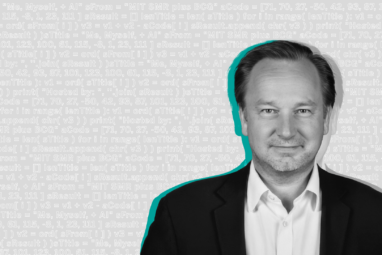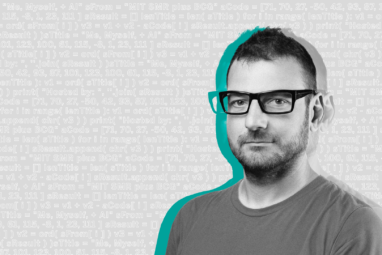Reframing the Future of Work
Future of work initiatives promise lots of noise and lots of activity, but to what end?
When it comes to the future of work, many organizations are missing the point. Executives are creating new future of work initiatives every day, but to what end? Many of these initiatives suffer from being too reactive. For instance, managers may feel pressure to reduce costs by 20%, or the board might ask what the company is doing with machine learning and AI, but there are bigger and better goals leaders can aim for, and it’s a critical time for organizations to focus their efforts. Imagine the benefits of a future of work strategy aimed at generating more value and meaning for the customer, the workforce, and other partners, and greater earnings for the company over time.
Yet, far too many initiatives are focused on incremental gains or efficiency-boosting activities. Robotic process automation, AI, and machine learning are treated as shiny new tools, ones that companies can implement for cutting costs and doing work faster and with less human labor. When organizations subscribe to this narrow perspective, the work of tomorrow will be the same as the work of today.
The real opportunity presented in the future of work goes beyond doing more of the same labor faster and cheaper. The big opportunity for companies is to expand notions of value beyond just cost to the company. Companies have additional levers to explore new sources of value and meaning in order to remain competitive amid rapidly changing market dynamics.
To succeed at this vision of creating greater and varied types of value, organizations must shift in two ways. First, moving beyond cost as a driver to value and meaning expands the kind of impact to aim for. Second, by shifting focus from company to customer, workforce, and company, companies can expand the scope of impact. This framework (see “Future of Work Drivers”) illustrates the drivers that guide decision-making and action (for example: How do we redesign work and workplace? How do we leverage alternative workforce arrangements? How do we implement AI?), and help determine how much time, effort, and attention is directed to particular future of work strategies.






Comment (1)
Dr Rabindranath Bhattacharya